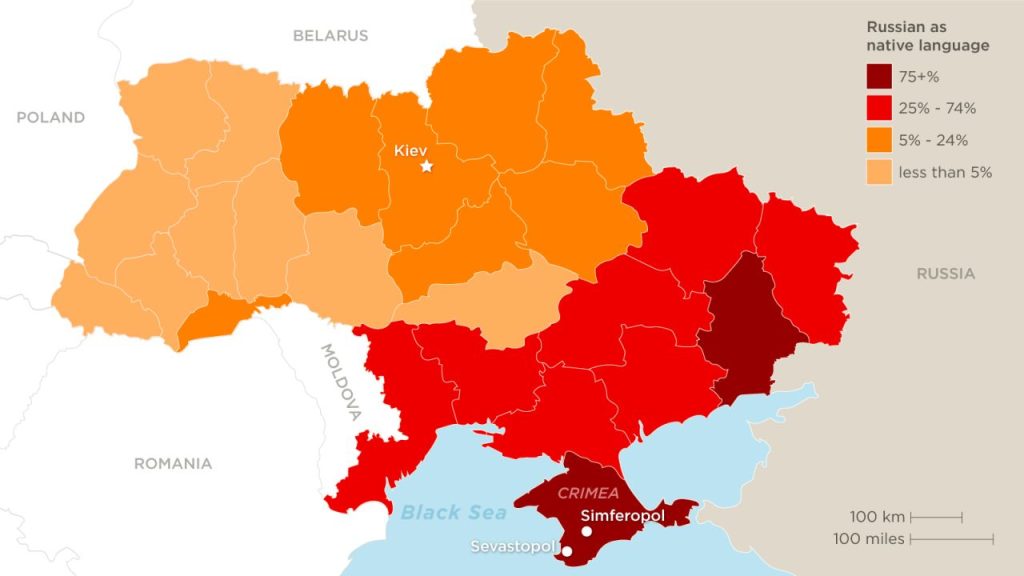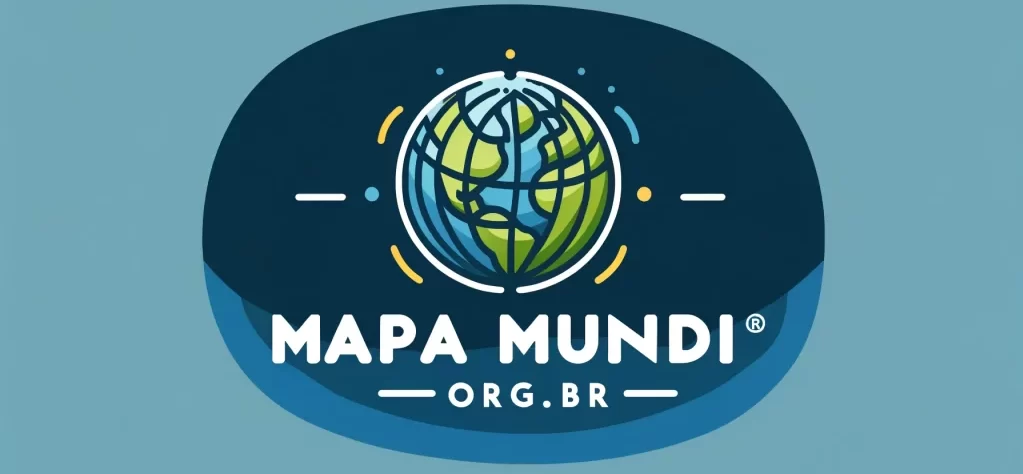
A guerra entre a Rússia e a Ucrânia tem sido um conflito prolongado e devastador, com implicações significativas tanto para as regiões envolvidas quanto para a estabilidade geopolítica global. Uma questão crucial que precisa ser abordada nesse contexto é o fornecimento de armas às partes envolvidas e seu potencial para aumentar a intensidade do conflito. Além disso, é importante examinar a possibilidade de uma escalada tão grave que poderia levar a um conflito nuclear. Para entender melhor essa situação, é útil fazer um paralelo com a guerra da Iugoslávia.
O fornecimento de armas na guerra entre a Rússia e a Ucrânia desempenha um papel significativo na prolongação e na intensificação do conflito. Ambos os lados têm recebido armas e apoio de diferentes fontes, seja diretamente ou por meio de intermediários. A disponibilidade de armas modernas e avançadas aumentou a letalidade dos combates, levando a um maior número de vítimas civis e militares.
O fornecimento de armas cria um ciclo vicioso, alimentando a escalada do conflito. À medida que uma parte recebe mais armas, a outra parte busca adquirir equipamentos mais avançados para equilibrar a balança. Isso gera uma corrida armamentista e um aumento da intensidade das batalhas. A transferência de armas também pode aumentar o alcance e a capacidade destrutiva das partes envolvidas, levando a um aumento no número de baixas e danos materiais.
No entanto, a maior preocupação reside na possibilidade de uma escalada ainda mais grave que poderia levar a um conflito nuclear. Embora essa perspectiva seja extremamente alarmante, é importante considerá-la dadas as consequências catastróficas que um conflito nuclear acarretaria. A introdução de armas nucleares na guerra entre a Rússia e a Ucrânia poderia desencadear uma resposta em cadeia incontrolável, resultando em um desastre humanitário sem precedentes.
Um paralelo interessante pode ser traçado com a guerra da Iugoslávia nos anos 1990. Durante esse conflito, houve relatos de fornecimento de armas para as partes envolvidas, o que contribuiu para o prolongamento e agravamento da guerra. O fornecimento de armas mais avançadas e sofisticadas possibilitou ataques mais letais e aumentou a destruição. Além disso, a intervenção militar externa e os interesses geopolíticos também desempenharam um papel significativo na dinâmica do conflito iugoslavo.
No entanto, apesar do fornecimento de armas na guerra da Iugoslávia, o conflito não escalou até o nível nuclear. As razões para isso são diversas, incluindo a dissolução do bloco soviético e o fim da Guerra Fria, que reduziram o risco de um confronto direto entre as superpotências. Além disso, a comunidade internacional desempenhou um papel importante na contenção do conflito e na busca de soluções diplomáticas.
Na guerra entre a Rússia e a Ucrânia, é fundamental que a comunidade internacional atue de maneira semelhante, buscando uma solução pacífica para o conflito. O diálogo, a mediação e a pressão política são ferramentas importantes para reduzir a escalada da guerra. Além disso, é essencial que os atores envolvidos no fornecimento de armas reconsiderem suas políticas e ações, levando em consideração as consequências devastadoras que podem resultar de uma escalada até o nível nuclear.
Além do fornecimento direto de armas, outro aspecto preocupante na guerra entre Rússia e Ucrânia é o tráfico ilegal de armamentos. Esse fenômeno tem implicações não apenas para o conflito em questão, mas também para a segurança global. O tráfico de armas é uma atividade clandestina e lucrativa que alimenta a violência, a instabilidade e mina os esforços de paz. Um artigo publicado em 14 de dezembro de 2022 pela Politico revela informações alarmantes sobre o tráfico de armas no contexto do conflito russo-ucraniano.
De acordo com o artigo, um cabo diplomático vazado destaca que “todos os dias há tentativas de contrabando de armas através da fronteira entre a Rússia e a Ucrânia”. Essas armas, muitas vezes originárias de fora da região, são contrabandeadas para os grupos em conflito, exacerbando a violência e prolongando o sofrimento humano. O tráfico de armas é um negócio lucrativo para redes criminosas e grupos armados, que se beneficiam financeiramente com o comércio ilegal.
Os impactos do tráfico de armas vão além da guerra em si. A disseminação de armamentos ilícitos contribui para a instabilidade regional e global, podendo alimentar outros conflitos e ameaçar a paz em outras partes do mundo. Essas armas podem cair nas mãos de grupos terroristas, aumentando seu poder destrutivo e comprometendo a segurança internacional. Além disso, o tráfico de armas está frequentemente associado a outras atividades ilícitas, como o tráfico de drogas e o crime organizado, criando uma rede complexa de ameaças à estabilidade e ao desenvolvimento.
A comunidade internacional reconhece a gravidade desse problema e tem buscado formas de combater o tráfico de armas. Acordos e tratados internacionais, como o Tratado sobre o Comércio de Armas, têm como objetivo regulamentar o comércio de armas convencionais e impedir que elas caiam nas mãos erradas. No entanto, o sucesso na implementação dessas medidas varia e a eficácia das iniciativas depende da cooperação entre os países.
No contexto específico da guerra entre Rússia e Ucrânia, é crucial que os atores internacionais redobrem seus esforços para interromper o tráfico de armas. Isso requer cooperação e coordenação entre os países fornecedores de armas, bem como medidas de monitoramento e controle mais rigorosas nas fronteiras. Além disso, é importante enfatizar a responsabilidade dos Estados em garantir que suas indústrias de armamentos operem de forma transparente e em conformidade com as normas internacionais.
O combate ao tráfico de armas requer uma abordagem multidimensional. Além de medidas políticas e diplomáticas, é fundamental fortalecer os mecanismos de controle e rastreamento de armas, bem como melhorar a capacidade dos países afetados em coibir o contrabando. A colaboração entre os setores público e privado, organizações internacionais e sociedade civil também desempenha um papel importante na prevenção do tráfico de armas e na promoção da paz.
Pós-Doutor em Competitividade Territorial e Indústrias Criativas, pelo Dinâmia – Centro de Estudos da Mudança Socioeconómica, do Instituto Superior de Ciencias do Trabalho e da Empresa (ISCTE, Lisboa, Portugal). Doutor em Relações Internacionais pela Universidade de Brasília (2007). É Diretor Executivo do Mapa Mundi. ORCID https://orcid.org/0000-0003-1484-395X
